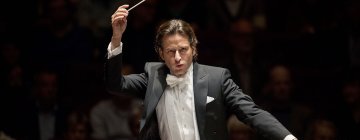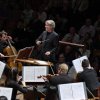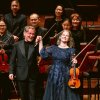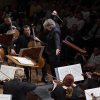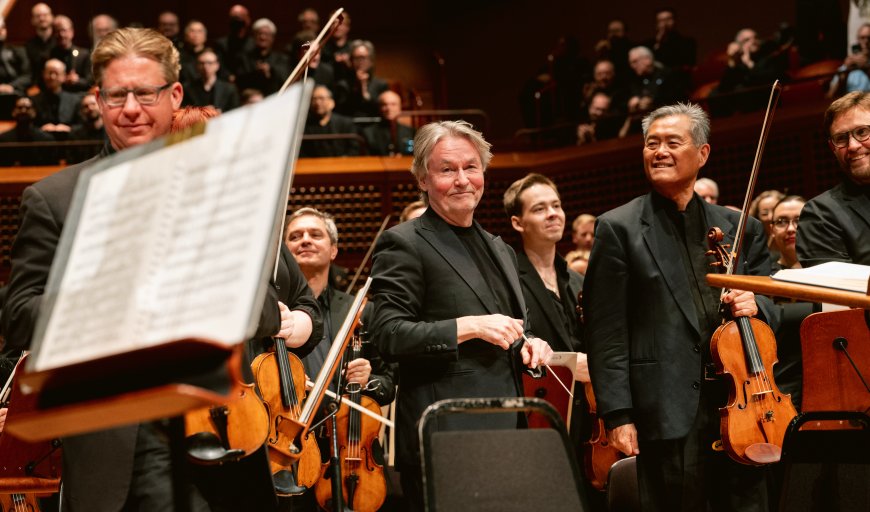
Esa-Pekka Salonen’s time as music director of the San Francisco Symphony is at an end. His final concerts, leading Gustav Mahler’s mighty Symphony No. 2 in C Minor (“Resurrection”), were an ample demonstration of all he brought to the role.
They also suggested the shortsightedness of the orchestra’s board and administration in canceling or cutting back so many of Salonen’s planned initiatives that he declined to renew his contract last year, citing differences over the organization’s future.
The performance at Davies Symphony Hall on Thursday, June 12, was an electrifying triumph for Salonen and every one of the musicians, exceeding even the excellent presentation of Mahler’s Second heard here in 2022. The conductor’s departure, after a too short tenure truncated by the COVID-19 pandemic, certainly added to the already vast emotional weight of the piece.
And the source of that weight is right there in the nickname: “Resurrection,” from the Friedrich Gottlieb Klopstock poem that Mahler set in the last movement. If this symphony is about anything — and Mahler created and abandoned several programmatic descriptions of the work — it is about death, which we will all face, and the Christian promise of life after death.
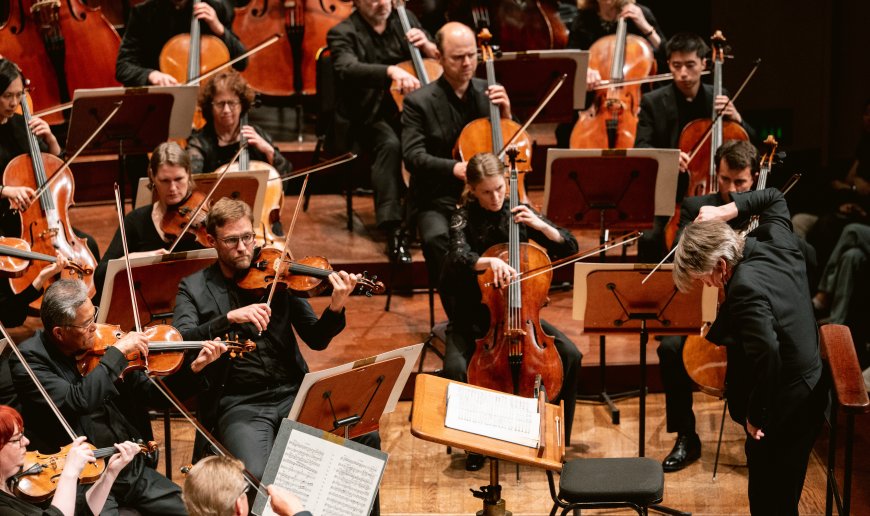
Salonen launched the 22-minute first movement like a rocket. The orchestra responded ferociously, the lower strings exploding over a terrifying tremolo in the upper strings. Throughout the performance, the strings’ sound was sleekly transparent yet with great depth and force where required.
Salonen paced the opening movement — and the entire 80-minute symphony — masterfully. He calibrated every change in tempo and mood, every new theme, in perfect balance with what preceded and followed, from the march sections to the quietly doom-haunted passages to the fiery conclusion.
The second movement, a ländler (European folk dance), innocent on the surface yet with Schubertian depths that emerge in the minor-key section, floated with charming serenity. The airy pizzicato string and harp passage, perhaps mimicking a guitar, was as sweetly lighthearted as Mahler ever is, particularly when the piccolo and flute piped up.
The third-movement scherzo, raucous and witty, flew by swiftly. The music here references both Christianity and Judaism. The movement is based on Mahler’s earlier setting of “Des Antonius von Padua Fischpredigt” (Anthony of Padua preaches to the fish) from the song cycle Das Knaben Wunderhorn (The youth’s magic horn) but also incorporates the sounds of Central European Jewish folk traditions. Mahler seems to be looking to his birth religion as well as to the Catholicism to which he converted.

The fourth movement, “Urlicht” (Primal light), another song from Wunderhorn, leaves no doubt about its philosophical orientation. The poem describes an encounter between an anguished soul wishing to die and return to God and an angel seeking to turn him back to life. Mezzo-soprano Sasha Cooke sang majestically, with eloquent directness and ever-increasing tonal splendor. The brass choir in the opening bars played with grave nobility, and principal oboe Eugene Izotov and concertmaster Alexander Barantschik contributed filigreed solos.
“Urlicht” leads directly into the long and complicated last movement, which revisits musical themes from earlier in the symphony in varied guises and combinations. The finale also sets most of Klopstock’s poem and a poem by Mahler himself, expanding on and reinforcing the themes of death and resurrection.
Here the composer produces a number of magical effects and contrasts. The offstage brass was among the most striking on Thursday. Two groups played with sonorous gravity from different locations in Davies, at one point joined — in a passage of otherworldly beauty — by principal flute Yubeen Kim and piccolo player Catherine Payne.
The hushed entrance of the SF Symphony Chorus, along with soprano soloist Heidi Stober, was another wondrous moment. The choristers’ sumptuous, transparent sound easily filled the hall, yet Stober had no difficulty soaring brilliantly over the ensemble where required. And Cooke’s return at “O glaube, mein Herz” (Oh believe, my heart) was nothing short of radiant.
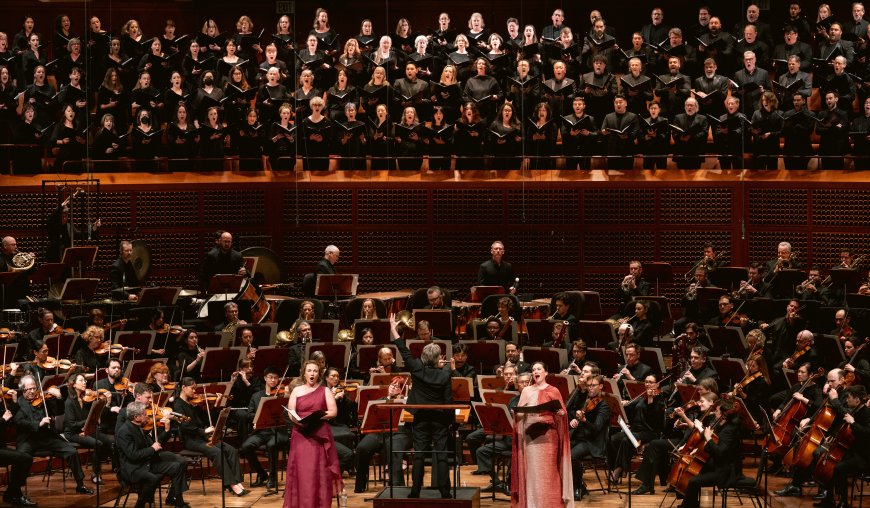
The movement concludes with an immense, pages-long climax, the organ at last joining in. While the score calls for only double forte from the instrument, it sure sounded more like quadruple forte. The organ was by far the loudest thing in Davies.
The performance as a whole was nothing short of magnificent. The SF Symphony Chorus, directed by Jenny Wong, sang gloriously, with precision and passion. Principal trumpet Mark Inouye’s phrasing and tone were resplendent throughout. The same should be said of Izotov, Barantschik, Kim, English horn player Russ de Luna, principal clarinet Carey Bell, and principal trombone Timothy Higgins.
The two harps, principal Katherine Siochi and Jieyin Wu, created a magical glow. Principal timpani Ed Stephan drove the performance forward with soft or thunderous playing as needed, matched by guest timpani Don Liuzzi.
Of course, the evening owed everything to Salonen’s leadership and supreme ability to balance a huge orchestra and chorus in such a long and intricate score. The audience quite properly cheered him mightily before and after.
With Salonen’s departure, the SF Symphony has lost a great conductor and composer, a visionary who was far and away the best person to succeed Michael Tilson Thomas. The musicians, who will be directly and deeply affected by Salonen’s stepping down, joined in the applause. They, too, know what we’re losing.
Who has the stature to follow Salonen? We will be feeling his loss for a long time.
